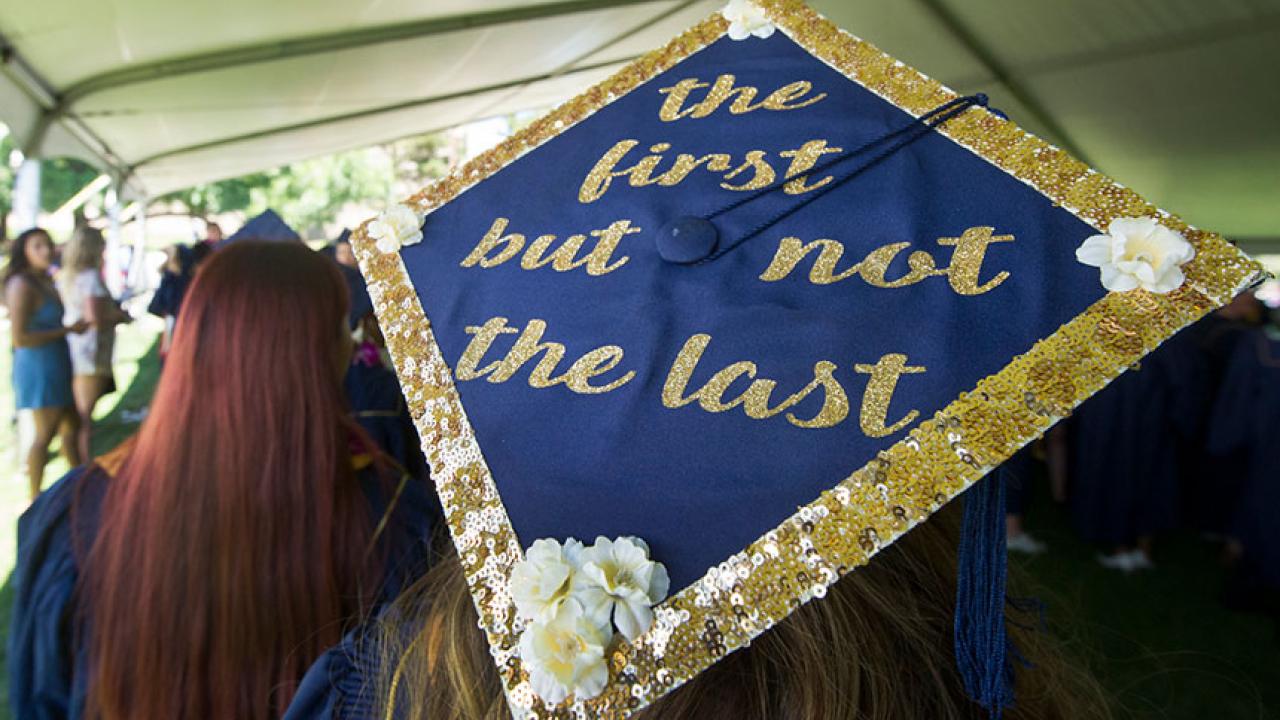UC Davis has bettered last year’s top-10 ranking by Washington Monthly magazine for contributions to the “public good.”
The campus moved from 10th to ninth spot overall among 303 public and private national universities in the 2017 rankings released today. It was ranked eighth in the criterion for promoting social mobility.
The magazine defines the “public good” as social mobility (recruiting and graduating low-income students), research (producing cutting-edge scholarship and Ph.D.s) and service (encouraging students to give something back to their country).
In the new rankings, published in the September-October issue, five other UC campuses ranked in the top 25: San Diego, sixth; Berkeley, 14th; Los Angeles, 15th; Irvine, 20th; and Riverside, 21st.
The rankings consider such factors as the percentage of low-income students receiving federal aid, and the percentage of students who join the Peace Corps or engage in other forms of community service. Here’s how UC Davis stacks up in these categories:
- Pell Grants — In 2015-16, more than 40 percent of UC Davis undergraduates received these federal awards for low-income students.
- Peace Corps volunteers — UC Davis has been a top-25 producer (among large schools) for 16 consecutive years.
- Community Engagement Classification — UC Davis is one of only 361 U.S. universities to earn this distinction from the Carnegie Foundation for the Advancement of Teaching in recognition of the work they do in their communities and beyond to exchange knowledge and resources.
- Volunteer service — The Community Service Resource Center, a unit of the Internship and Career Center, estimates that students, faculty and staff contribute more than 1 million hours annually.
The rankings, established 12 years ago, also consider each school’s percentage of students who are the first in their families to go to college; ROTC enrollment; graduation rates (actual and predicted); student earnings 10 years after initial enrollment; research expenditures; and the number of faculty receiving prestigious honors, including national academy membership.
The complete rankings are available at Washington Monthly’s website.
Media Resources
Julia Ann Easley, UC Davis News and Media Relations, 530-752-8248, jaeasley@ucdavis.edu
